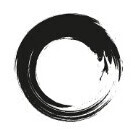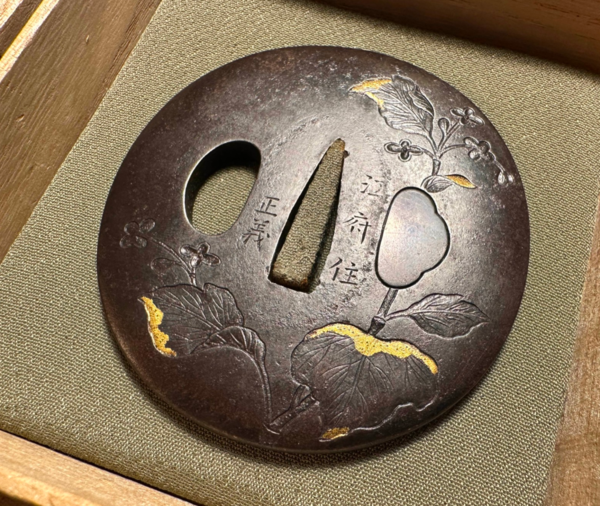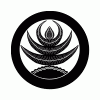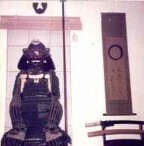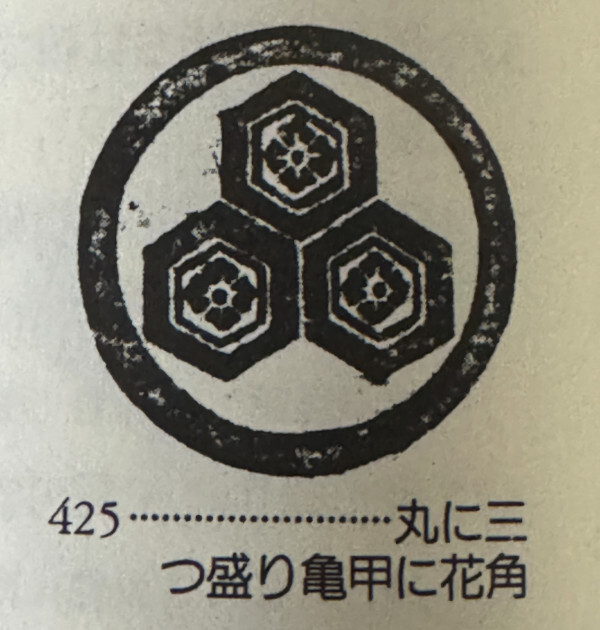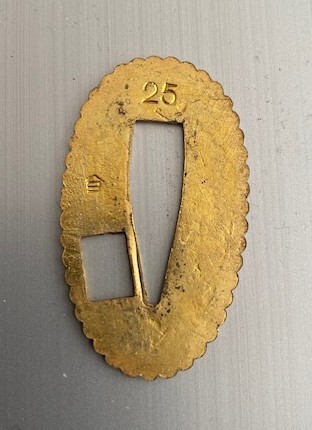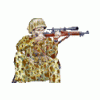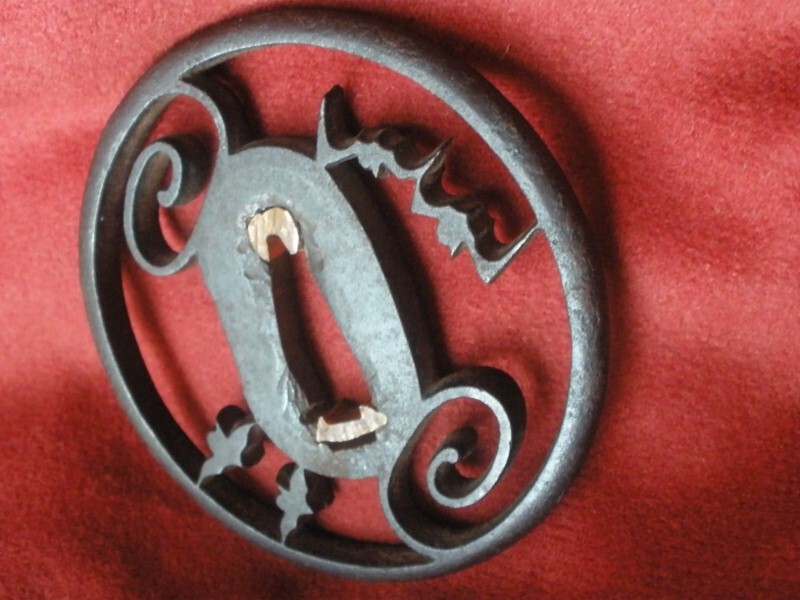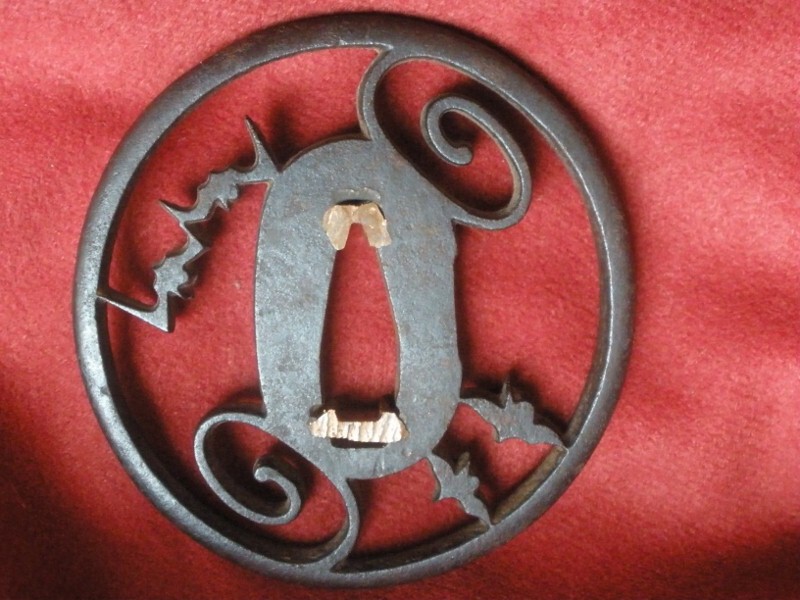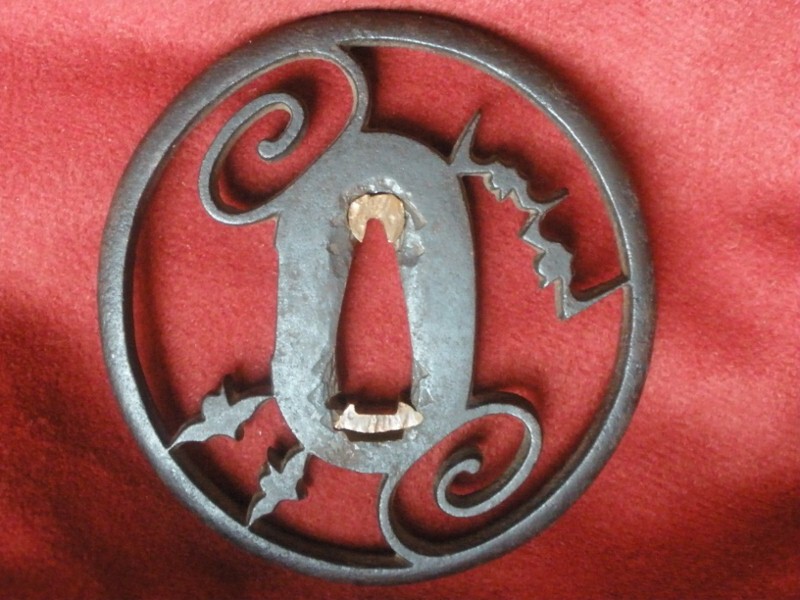Leaderboard
Popular Content
Showing content with the highest reputation on 10/03/2024 in all areas
-
10 points
-
8 points
-
7 points
-
7 points
-
What appeals to you in tsuba? Collecting any art form is an adventure in seeing, so it is about developing my eye and my taste. i have been doing this for a long time and I am still learning new things Since this is a Japanese art form, then I think learning the Japanese standards for quality is important My focus is, what is good quality and taste from a Bushi perspective? What we know about Bushi taste comes largely from Akiyama Kyusaku, who was a Tosa Samurai that was assigned to evaluate sword fittings for the Tosa Daimyo. After the Meiji Restoration he continued to study and write about sword fittings and published a lot of his ideas in a journal called Token Kai Shi. His last student was Dr. Torigoye Kazutaro, the Mentor and Sensei of Robert Haynes, who translated much of the Akiyama and Torigoye aesthetic ideas in Tsuba, an Aesthetic Study. Sasano Masayuki was also heavily influenced by Akiyama and published several work in English. Tsuba, an Aesthetic Study separates tsuba into Tsubako (mostly ironsmiths) and Kinko (mostly softmetal carvers). The tsuba of the Bushi were mostly made by the Tsubako. I usually do not have much interest in the Kinko, especially Edo period machibori, which was marketed to the Chonin class, the commoners below Bushi in status, but some wealthy enough to own short swords. The urban Chonin had their own aesthetic ideas, look up "iki" and "kwaii" and "kabuki" to get some sense of that. What appeals to me are the tsuba that I think would have been chosen by warriors. These will be rather quiet, sober and serious and are well made and strong. They may also show the influence of Wabicha (a type of tea ceremony) and may express Buddhist concepts, but not necessarily Buddhist symbolism. They can be very low key and it takes study to understand this type. To the uninitiated some of them look like iron mud pies. Regarding the quality question, there is an essay by me in the Downloads section that goes into what is quality in iron (Tsubako) tsuba.7 points
-
6 points
-
Armour is a personal representation of their owners, it involved the skill of multiple craftsman and is a synergy of function and style. It is an interesting field of study because it is not as well researched and is relatively inexpensive and under valued in the great scheme of things.5 points
-
5 points
-
5 points
-
5 points
-
4 points
-
4 points
-
Well hwando and nihonto does look similiar(both countries have wrote something like "Yeah, Japan's / Korea's sword look similiar to ours" in their history)... but crude katana is just a crude katana. The term "hwando" was actually meant "single edged blade" in Joseon dynasty, just like the term "nihonto" itself means "Japan's sword." For hwandos before Goryeo dynasty we don't have enough relics left, so I'll just pick differences between Joseon dynasty hwando. These are some differences: - Yokote : Hwando doesn't have one. If the sword has yokote but is labeled hwando it highly means that hwando re-used nihonto blade. - Hamon : Both has hamon, but hamon itself wasn't real important in Korea. If the blade emphasizes hamon, that would likely be nihonto(or nihonto replica) than hwando. - Sori : You can't figure them with sori. - Tassel on tsuka : Many hwando had tassel on its tsuka for decoration. - Tsuba : Hwando doesn't have kogai or kozuka on its sheath. Therefore, hwando's tsuba also didn't have kogai-ana or kozuka-ana, normally just a plain plate or maybe one small hairpin hole. There were some hwando tsubas that imitated nihonto tsubas at late Joseon dynasty but still that hwando will not have kogai or kozuka. Also, this is not the significent difference but because of historical reasons hwando became shorter and narrower than nihonto during Joseon dynasty. Blade length is simliar to katana but weight is bit lighter.4 points
-
News Flash. A shot term display, 4 days only. Thursday the 3rd through to Sunday (inclusive). A selection of quality sword fittings, lacquer and kabuto. At the following location :- ARTVISORY GALLERY 31O Toorak Road, South Yarra. Melbourne. If you are in Melbourne it's worth the effort. Here is the online catalogue. Samurai items start at number 72. https://issuu.com/ar..._and_creation_online Mark4 points
-
3 points
-
For me, the appeal of collecting tsuba lies in the history they hold and the thrill of the search. Good tsuba (for me) carry the story of their time, from the hands that crafted it to (ideally) the warrior who used it. Delving into the history of sword fittings gives me a sense of being connected to Japan’s cultural heritage in a tangible way; something I hope my Japanese children will eventually appreciate. In addition to the history, I love the hunt —sifting through collections, auctions, or online markets, always on the lookout for a piece that stands out for its craftsmanship or as a good example of a school that is under-represented (or missing) from my collection. There’s something incredibly rewarding about uncovering a tsuba and knowing it’s found a new steward in its long journey.3 points
-
Hi everyone, I run a small auction house, this is my first time posting and I think it's quite special. We randomly had a guy come in and drop off a Hitsu with a complete suit, Katana, Jingasa and fan (not sure the name). We have sold quite a few suits for a local collector with the information usually being provided by him. I think this suit is waaayy better than anything we've had before and I'm wondering if anyone has any information about it. The silver inlay and chased bronze scream high quality. Check out the photos and if there's anything else you want to see let me know and I'll add it! Hope this is allowed, here's the link to more photos.. https://drive.google...HC1jqUMG?usp=sharing Thanks, Angus2 points
-
2 points
-
Martin, Google “Japanese boys day” or “Japanese children’s day” and “Genpuku ceremony” This will give you a good understanding of both the annual boys (children’s) day celebrations and also the boys “coming of age” ceremonies. Basically a sword of greatly scaled down proportions ie fit for a child was often gifted on boys coming of age and also often displayed on the annual children’s day. These ceremonies go way back into distant Japanese see history. Such swords are usually of very modest quality and often carry dubious Mei of famous smiths. Having said that, some can be quite fancy reflecting the wealth of the family. Hope this helps. Best.Colin.2 points
-
2 points
-
2 points
-
2 points
-
Back in July of 2023 in Bruce Pennington Topic "All-Brown Army Gunto Tassel" a question was brought up as to why some tassel ends were removed from various Tassels. Someone suggested the reason may have been to intentionally deface the tassel as often occurred with other Japanese military items as they were surrendered. I suggested the possibility of removal as a memento easily put in one's pocket as a way of remembrance. Another individual suggested the missing tassel end was more likely simply deterioration as to intentional cutting and had nothing to do for sentimental reasons which is quite possible. This is one of those questions with Japanese sword study which may never result in a definitive answer, however, we may be able to determine the absolute difference between deterioration and cutting. A couple of examples of both were offered. Below the ball of a tassel the lanyard is folded back and sewn, as a tassel end deteriorates and falls away the folded area most likely has no other choice but to remain intact. On the other hand, a cut tassel end has been obviously cut which leads to the question as to why. Of course, we may never know the exact reason for obvious cutting but leaves us to contemplate the possible reason,,, Below are examples of each... Dave M.1 point
-
1 point
-
Nice topic Dave! First time I've seen one folded and sewn like your first photo, very cool. I haven't paid close attention to the ones I've seen over the years to note whether only 1 tassel was cut or 2. I'll have to pay attention from now on.1 point
-
1 point
-
1 point
-
Emil, YAKIIRE (water quenching) is always a risk and may lead to failure even on very pure, low alloy, high carbon steels. On the other side, oil hardening is absolutely necessary for most modern industrial steels because of the alloying elements which require a softer/slower cooling rate in quenching. It has not so much to do with the experience of a smith, it is mostly a material property. As far as we know, NANBAN (foreign) steel was just used as a component in the sword billet, not used as pure steel. Concerning industrial steel SHOWA-TO, they are usually quite sturdy and resilient and do not crack easily, even in cold climate. A number of those were oil-quenched which shows in the HAMON (see the useful FULLER chart). However, it is never as vivid as in traditionally made blades and does not show NIE or other HATARAKI.1 point
-
Did the Myochin smiths not always sign Myochin? Certainly a kabuto that I owned was signed Myochin Ujiiye, and dated Eisho 18, (1521). I also had some kote, also signed Myochin, but I do not recall the actual smiths name.1 point
-
Maxime, when I look up Markus Sesko's Swordsmiths of Japan, I can see 4 entries for Hirofusa. and Are you using an old edition of the e-book ? Note: According to ChatGPT, the swordsmith's kanji in the paper are 広総 which would be the 4th entry1 point
-
Just as an FYI, I emailed the JSSC in April to inquire about their beginners course. Fred quite nicely emailed me back, indicating he was likely going to be retiring and so wasn't going to be offering the course. May be why you have not received a response.1 point
-
That's alright, I managed to search through all relevant sword books today. Stumbled onto this website today and I can really recommend it, it's a virtual library where you can "borrow" all the sword books you want for free, basically just reading them in your browser without the function to save them. And because they are digitalized you can even search for words and terms like "swedish steel". Great for when you want to conduct quick research on very narrow topics. https://archive.org/1 point
-
Yes, pages 220-221 of "Japanese Military and Civil Swords and Dirks", 1996/7 edition.1 point
-
Well back to the armor! I think we are talking about a "Tetsu sabiji nimai-dô gusoku" (russet iron two part-cuirass armor - simplifiyed naming!) with nunome-zogan adornment, might dating back to the latter half of the Edo period. The helmet is a so called "Hoshi-kabuto" (or Koboshi-kabuto)* of rather good quality. Unfortunately the provided pictures don't tell much about the whole. What I can say is that kote (sleeves) and suneate (shin guards) comming from a matching set, but it seems the haidate (apron) is missing. This is also true for the dô (cuirass) and the kabuto (helmet)*. In case of the Jingasa (bajo-jingasa = riding hat) and the ogi (fan), however, we can't be sure... Note, the dô is insofar interesting, that it was made to look like a rokumai-dô (six part cuirass)! A word about the mon (coat of arms) that makes the helmet and the cuirass "matching". The example below is very close and probably related at least to 3 families, namely: 島村氏, 河村氏 and 茅野氏. The names have several readings so I won't go deeper for the time being... * The helmet might be older. It would be nice to have some more pictures (front-, side-, back- and top-view) as also some shots from inside, if the liner (ukebari) allows it?!1 point
-
Emil, I have small rails from a mine made in about 1850 from German production. They have some carbon (about 0.5% C), but more relevant is their manganese content. This makes the steel suitable for its purpose as it shows pronounced work-hardening properties making the surface harder with use, thus reducing wear. These steels are also superior in their through-hardening capacity. A negative side (for the swordsmith or knife-maker) is that they cannot be quenched in water; they are very likely to crack. Earlier rail production was indeed basically done with puddle steel, but it did not prove too useful as it is quite soft. Because of the tensile strength, it was widely used as construction material for bridges and buildings (e.g. Eiffel tower).1 point
-
Just to complete the story, I passed on my thoughts on the collection in a detailed reply to the curator. I thought given the limited funds available the museum should know what they have and that many of the pieces are not what they purport to be. eg the signed Yukihira tanto. The Masamune is worth more detailed inspection but in light of the entire collection, its highly unlikely to be a real Masamune. Perhaps another Soshuden Masterwork piece and that if the museum wanted they could have a trained togishi open up a window to expose the jihada and hataraki. If worthy of a full polish to have it returned to Japan for a high end mukansa polish. In its current state almost impossible to glean any further insight. I'm guessing the Curator didn't appreciate the feedback and never responded...... but better to know right. Btw a preeminent expert inspected another sword, which wasn't at the Steyr museum when I visited, and signed Sadamune. He says that was also Gimei.1 point
-
Welcome Angus! Starting with the obvious: Sword is signed "固山備前介宗次作之" (Koyama Bizen no Suke Munetsugu kore o saku) Dated "弘化三年正 月日" = 1846 Tsuba is signed "越前住 記内作" (Echizen Jû Kinai saku). Several artists early to late Edo-period... Rather nice koshirae (mounting)! Mask (menpô) is signed "吉久" (Yoshihisa). Most likely a mid/late Myôchin school artist... I will come back later about the armor itself!1 point
-
I would like to present my most recent work accomplished with help from Spartancrest who chose the design, did the research to confirm dimensions from the collection curator at the V&A museum where the original is kept and provided the Kanji so I could have a proper mei. Dale and I did some careful planning to create this Utsushi and there are some details I wish to explain that make this work uncommon. As Dale describes it The spider is a problematic design done in this manner because it is difficult to place the legs in a way that make a usable tsuba. The design is based on the Legend of Watananbe who killed a great spider. The project took about six months to complete. All of the work was done by hand using only hand tools and finishing stones The eyes and stinger are Shakudo. The original of this piece is asymmetrical I went to great effort to make my work symmetrical as a way to distinguish the piece as a copy. Funny thing is though despite all the effort my piece ended up asymmetrical as well as if fate or karma predestines this design to be that way.1 point
-
Hi All, Just got this Shin gunto in a black leather covered saya, Non pierced tsuba, full set of 8 seppa all with the number 25 stamped on them plus another small inspection stamp. The nakago is signed (I think) Shimada Yoshisuke. No Seki or Showa stamps The only stamp it has is a warrior stamp. For interest, Here is the Signature Hamon And finally tsuba and seppa stamps All the best1 point
-
I'll not resubmit my sword. It is just a certificate, and does a Masayuki/Kiyomaro blade absolutely need Juyo papers? Even if it would influence its potential value it wouldn't matter to me since I'll be keeping it anyway. Plus, to be honest, after more than three years of it out of hands I am really highly looking forward to see it again .1 point
-
1 point
-
Hi, not a stupid question at all. The swords are basically displayed as they would have been worn. The Mihara School blade has "tachi" stipulated on the NBTHK paper and dates to about circa1400. Many blades from this period were shortened to be worn differently, ie Katana. Had that particular sword been shortened the paper would have said "katana". The blade displayed with the cloisonne mounts is a katana but displayed as tachi as it goes with the tachi mounts, and would have been worn edge down. This is a basic explanation as I understand it. Maybe someone else can be more specific. Regards Mark1 point
This leaderboard is set to Johannesburg/GMT+02:00

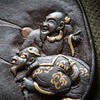
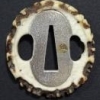
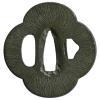
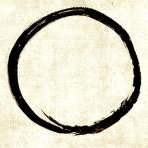

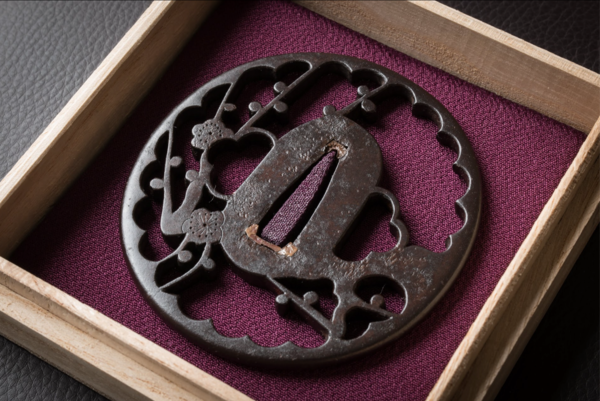
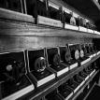

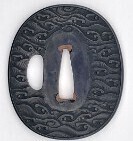


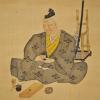



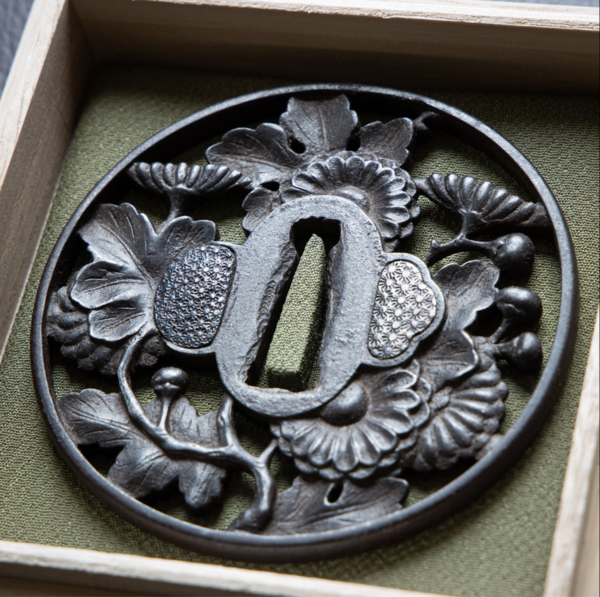
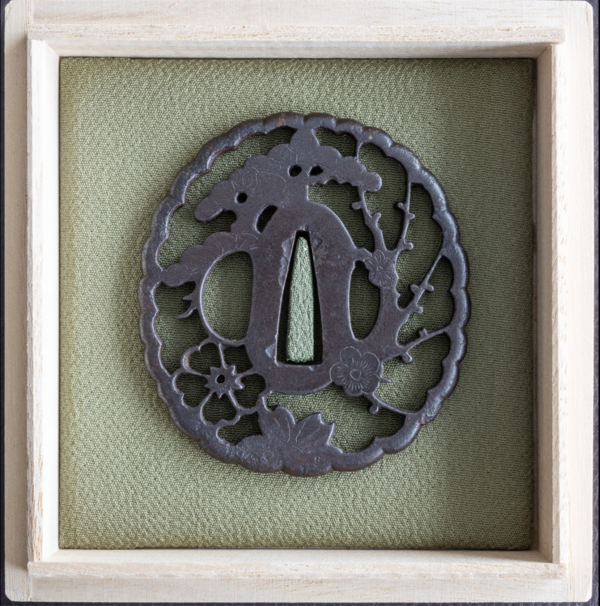





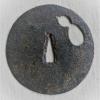


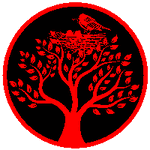

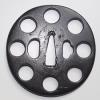



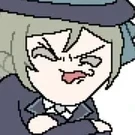
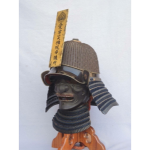


.thumb.jpg.dfa7eea8344e44004fa40823c4ae9550.jpg)




